From Signal To Success: Your Guide To RF Connectors.
Your how-to guide on identifying compatible connectors for your home lab.\
When you’re getting started with transmitting and receiving stations, you’ll need an antenna and suitable feedline to get the best out of your system. And while you wouldn’t be the first person to operate with a coax centre plugged into an antenna jack, to properly optimise your system you’ll need to equip yourself with some proper RF connectors as well.
But like many things radio, analysing these connectors can be tricky for a newcomer. With a large array of choices, it’s easy to get lost in a vast array of types and uses. Like many things engineering though, the specs are our friend and in those specs, we’ll find out the best use case for each specific connector that we might see. But first! Here are a few important points to get you started.
Male & Female
A connector wouldn’t be a connector without its associated plug and as such, it’s important to realise that each connector will have both male and female components that will be used to create a neat system for safely transferring RF with minimal feedback. Typically, male connectors will provide the plug, while female connectors will provide the jack.
Impedance
While coax can vary in impedance, for RF-based systems we’ll typically be using 50Ω impedance. You will find 75Ω connectors but these are more commonly used in video and television installations.
Solder / Crimp
While you’re identifying the type of connector your system needs, it’s also worth considering what type of fixing method that you’ll use for your system. Some systems might find that pre-installed patch cables are the best way to get up and running with minimal effort, while others might find that their need to customize their system requires custom-made patch cables with fitted connectors.
Normally, you’ll find that connectors either come as solder-on or crimp-on systems. While both have their pros and cons, if you go with crimp-on connectors you’ll find that you’ll need a set of coaxial crimpers to ensure the connectors can be fitted without damaging your feedline. You should be able to find these at any reputable electronics store, or in the usual haunts online.
Let’s Connect: Fitting Types
PL259
If you’ve ever dabbled in the world of CB Radio, you won’t be any stranger to this connector. Known as the UHF or PL259 connector, it’s a cheap, easy-to-use connector that works best at lower frequencies. It’s a poor choice for microwave or GHZ systems but is still universally used in other systems the world over. Often mistaken for an N-type connector, you can tell the difference between the two by looking at the differences in the centre component.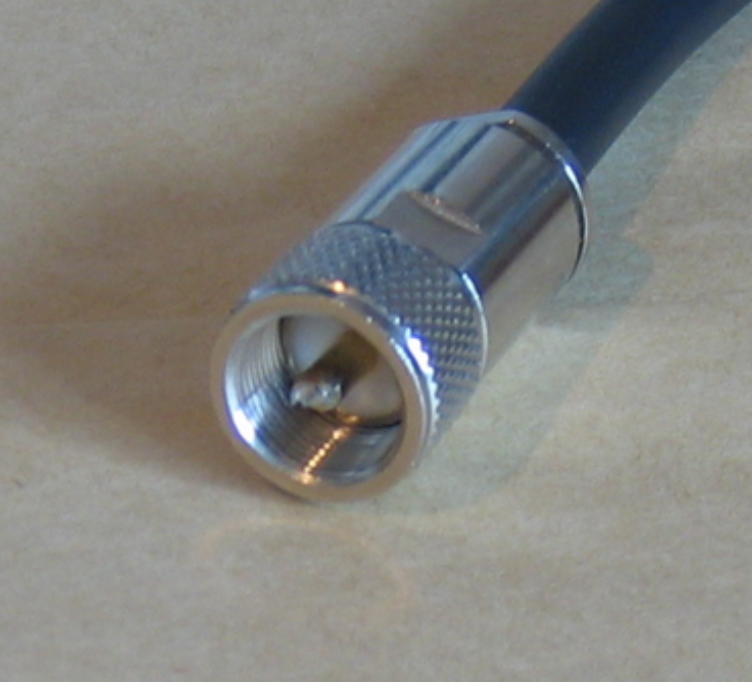
N Type
An older connector that was originally used in military installations, the N connector is a rugged, waterproof connector that works well across large parts of the spectrum. With an isolated centre section and a screw-on jack, the N-type is great for outdoor usage and works well with heavier-duty coax installations like Heliax or RG213.
While the original N connectors were only good up to 1GHZ, modern refinement means that today, it will operate well into the GHZ range depending on the quality of the connector itself. N types also work great in high-powered installations.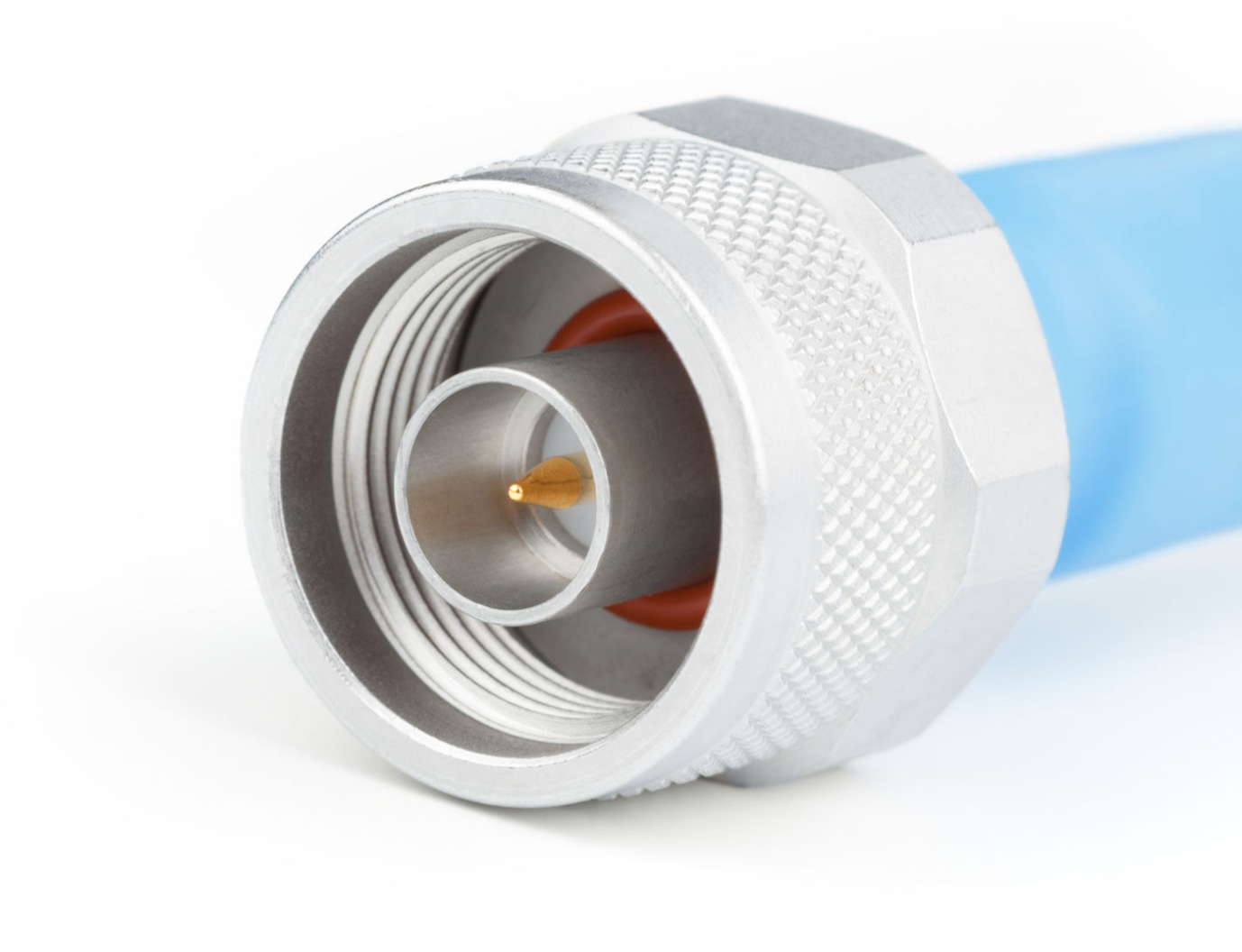
The BNC
Almost as common as the venerable PL259, the BNC provides a fast and easy-to-use connector with acceptable performance across large parts of the spectrum. Differing from its screw-on cousins, the BNC uses a twist lock mechanism that is as simple as it is reliable.
Due to its easy-to-install nature, the BNC is often found in commercial or rack-mounted installations, where an extension tool is all that is needed to get started. BNC connectors perform well up to around 2GHZ and are commonly used in video/television installations as well as home systems. They are easily recognised by their twist-lock design and insulated centre core.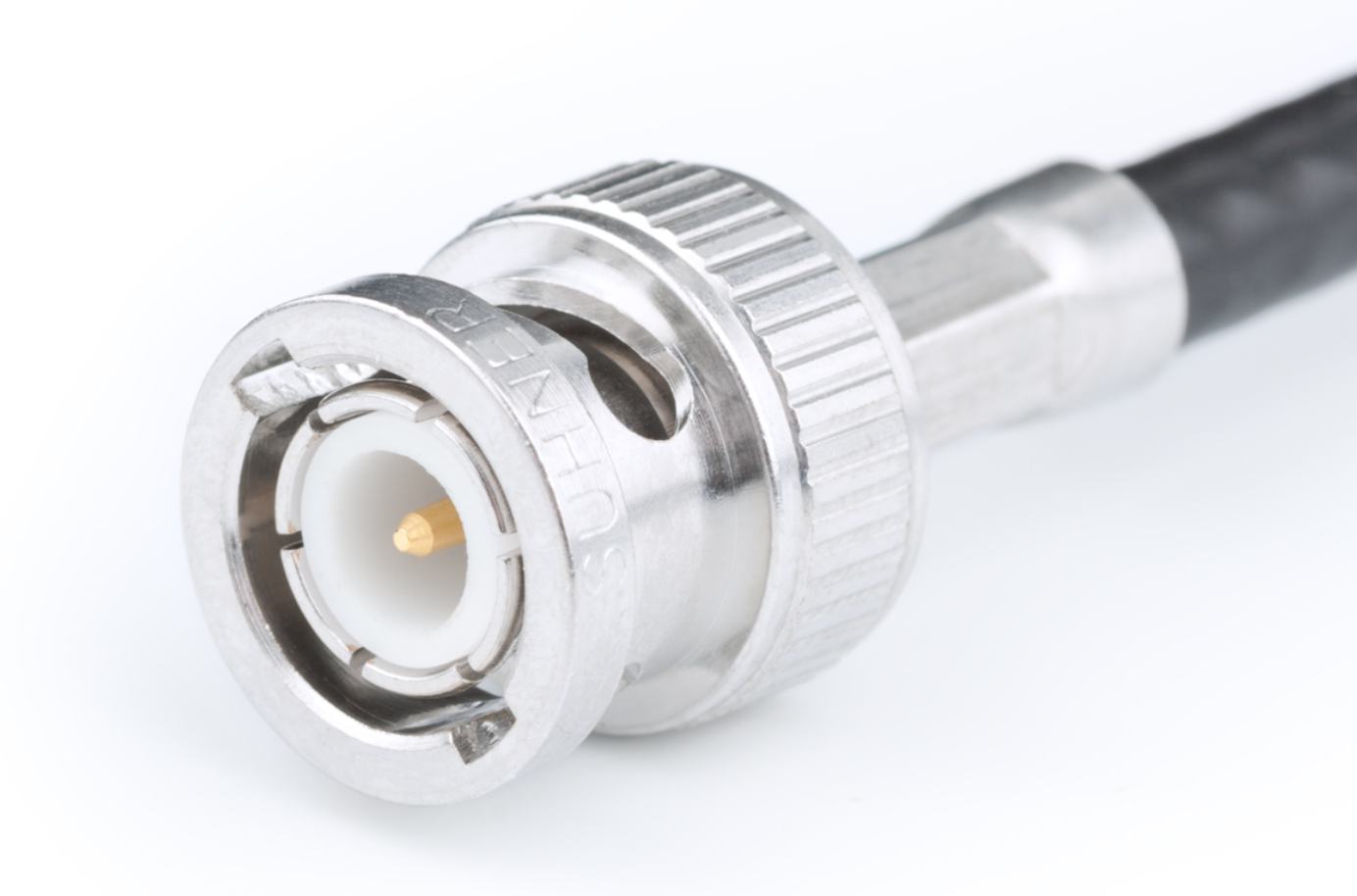
The SMA
Probably the most common of connectors for general use and reliability, the SMA comes with great performance in the microwave ranges, with typical connectors working well up to 18GHZ, while more specialised systems work efficiently up to 40GHZ! This performance outclasses the older connectors and as such, you’ll find SMA connectors used in a vast array of commercial and high-powered systems.
It’s also commonly used in telephone and Wi-Fi systems although there are a few caveats to using it effectively. While it uses a screw-on design, it’s much smaller than even the BNC, making it easily recognisable.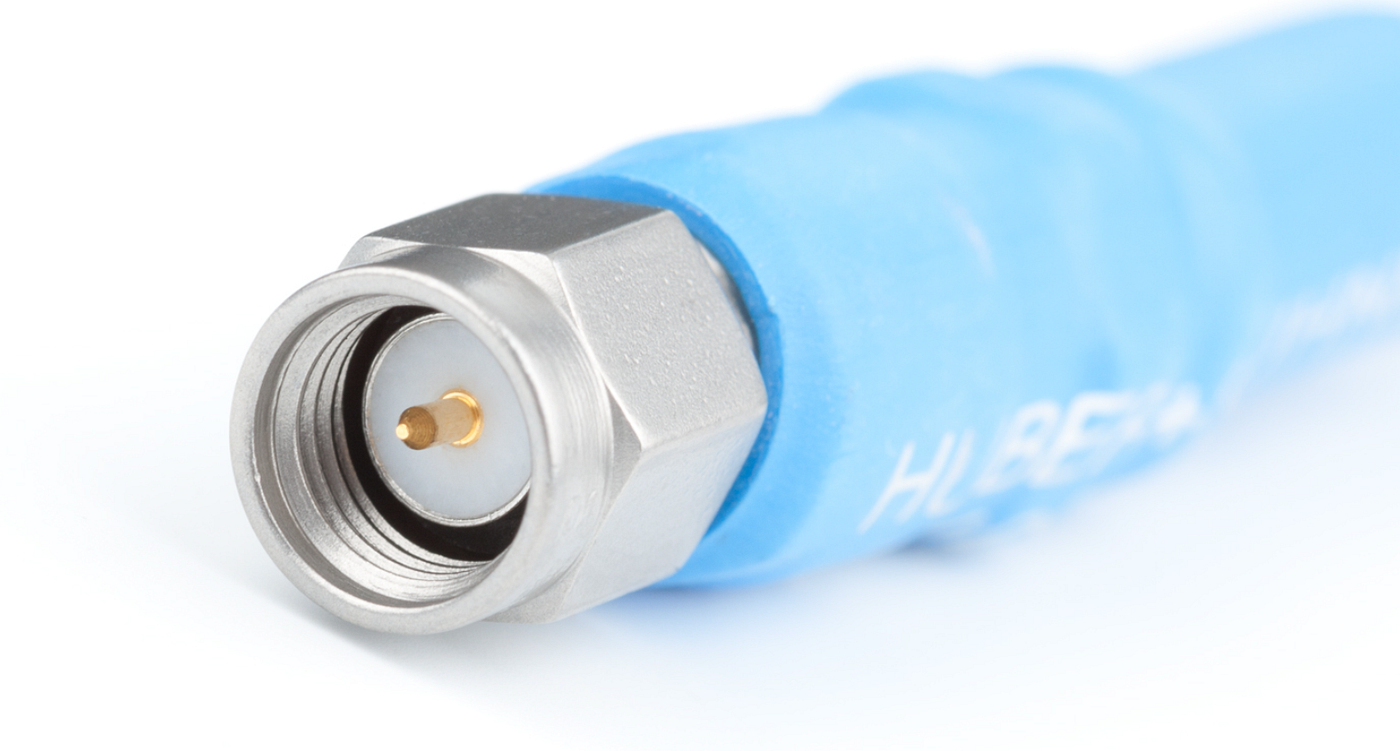
However, you should be careful to ensure that you have obtained the correct polarity plug for your system.
RP SMA Connector
Visually similar to a normal SMA connector, the RP-SMA has one distinct difference that catches newcomers easily. The design of its centre pin varies significantly from the original SMA connector.
Typically found in Wi-Fi and other mass-produced systems, these differences mean that we’re essentially dealing with two different types of connectors despite the design similarities.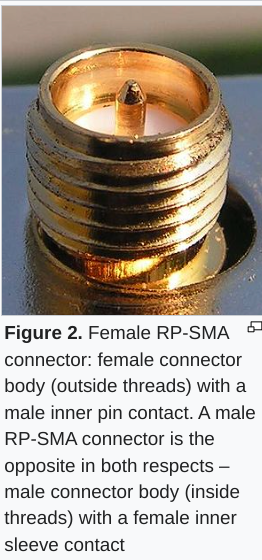 Despite the physical differences, the polarity remains the same meaning that in the worst cases, a simple adapter (RP-SMA to SMA) should be all you need to get things working.
Despite the physical differences, the polarity remains the same meaning that in the worst cases, a simple adapter (RP-SMA to SMA) should be all you need to get things working.
MCX Connector
While the MCX is rarely used by radio amateurs these days, it’s a pretty common antenna connector for many of the cheap and easy-to-use RTL-SDR receivers, usually being included with the default antenna and a cheap, low-quality feedline to suit.
While RTLs that have MCX fittings are still usable, you might find it a little tricky to find quality patch cables and connectors that are suitable for long-term installation. As such, RTL systems that use an SMA or similar are usually better suited for antenna exchanges or homebuilt systems.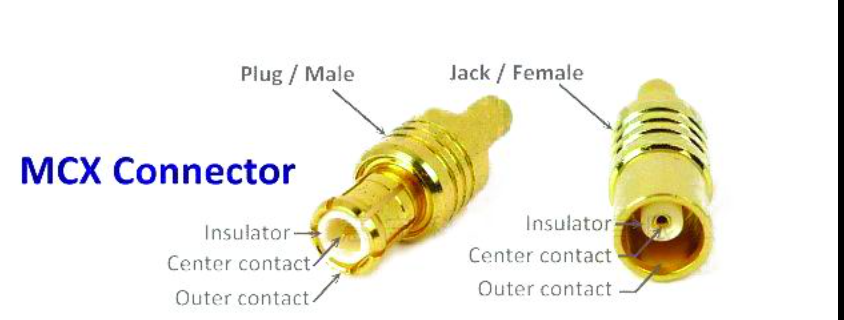
In Closing
While there are plenty of things that can catch you out when customising a system, one thing to be extra wary of is the difference between standard and reverse polarity connectors. The SMA, in particular, can be tricky to catch as RF connectors used by hams will typically use standard polarity, while wi-fi-based SMA systems will mostly use a Reverse Polarity (RP) system.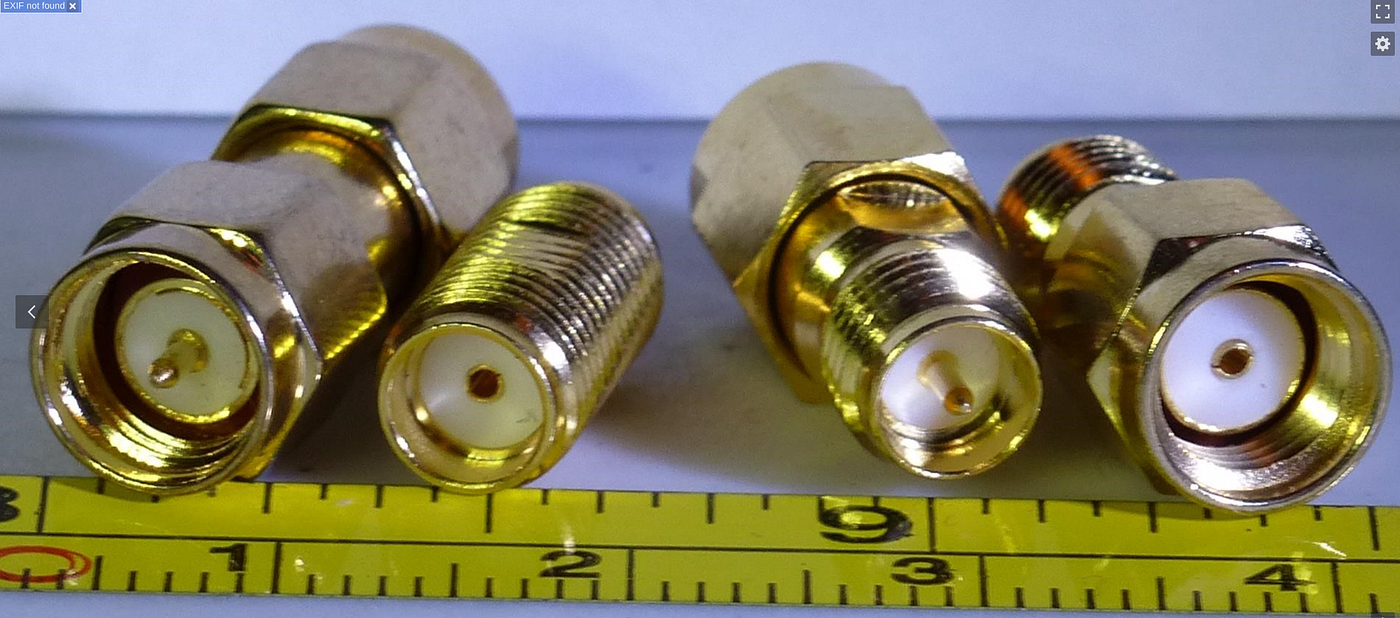
It’s important to point out that incorrectly using these two connectors could result in equipment damage, so if you’re planning to carry out an install, ensure you have the correct connector for your system.
In our next article on RF connectors, we’ll be showing you how to build and check coaxial patch cables for your test lab.
If you found this article insightful, informative, or entertaining, we kindly encourage you to show your support. Clapping for this article not only lets the author know that their work is appreciated but also helps boost its visibility to others who might benefit from it.
🌟 Enjoyed this article? Join the community! 🌟
📢 Join our OSINT Telegram channel for exclusive updates or
📢 Follow our crypto Telegram for the latest giveaways
🐦 Follow us on Twitter and
🟦 We’re now on Bluesky!
🔗 Articles we think you’ll like:
- What The Tech?! Rocket Engines
- OSINT Investigators Guide to Self Care & Resilience
✉️ Want more content like this? Sign up for email updates




























